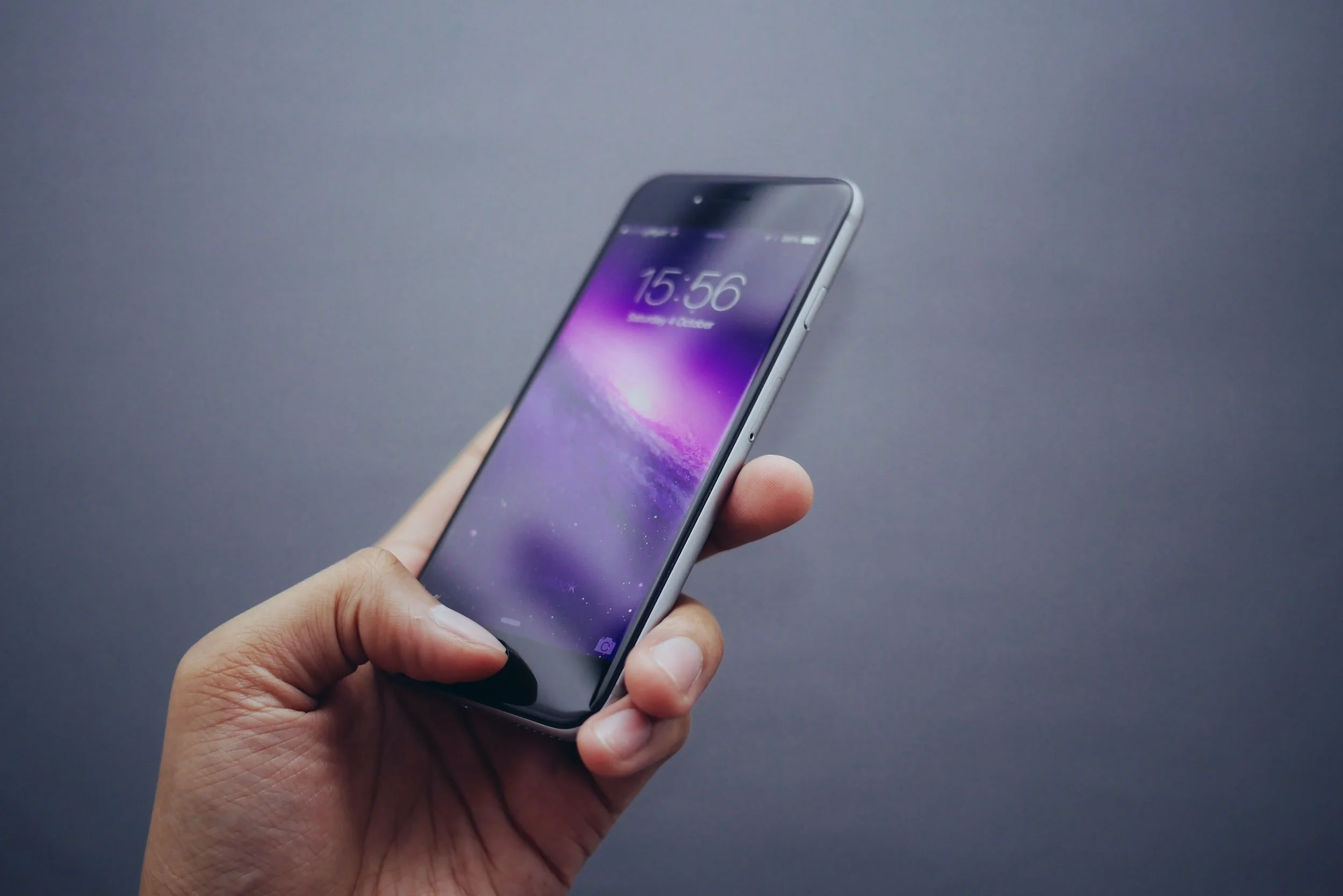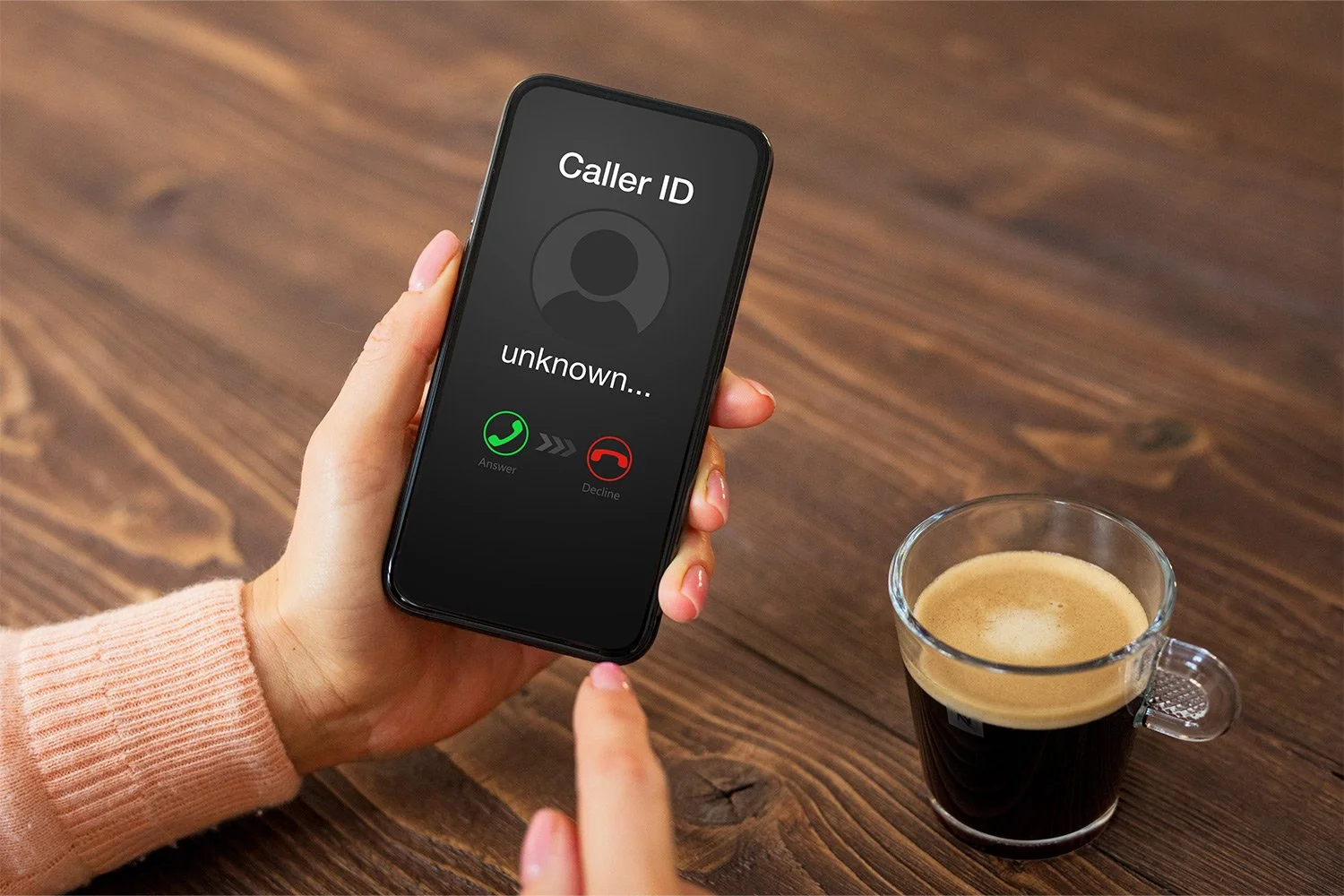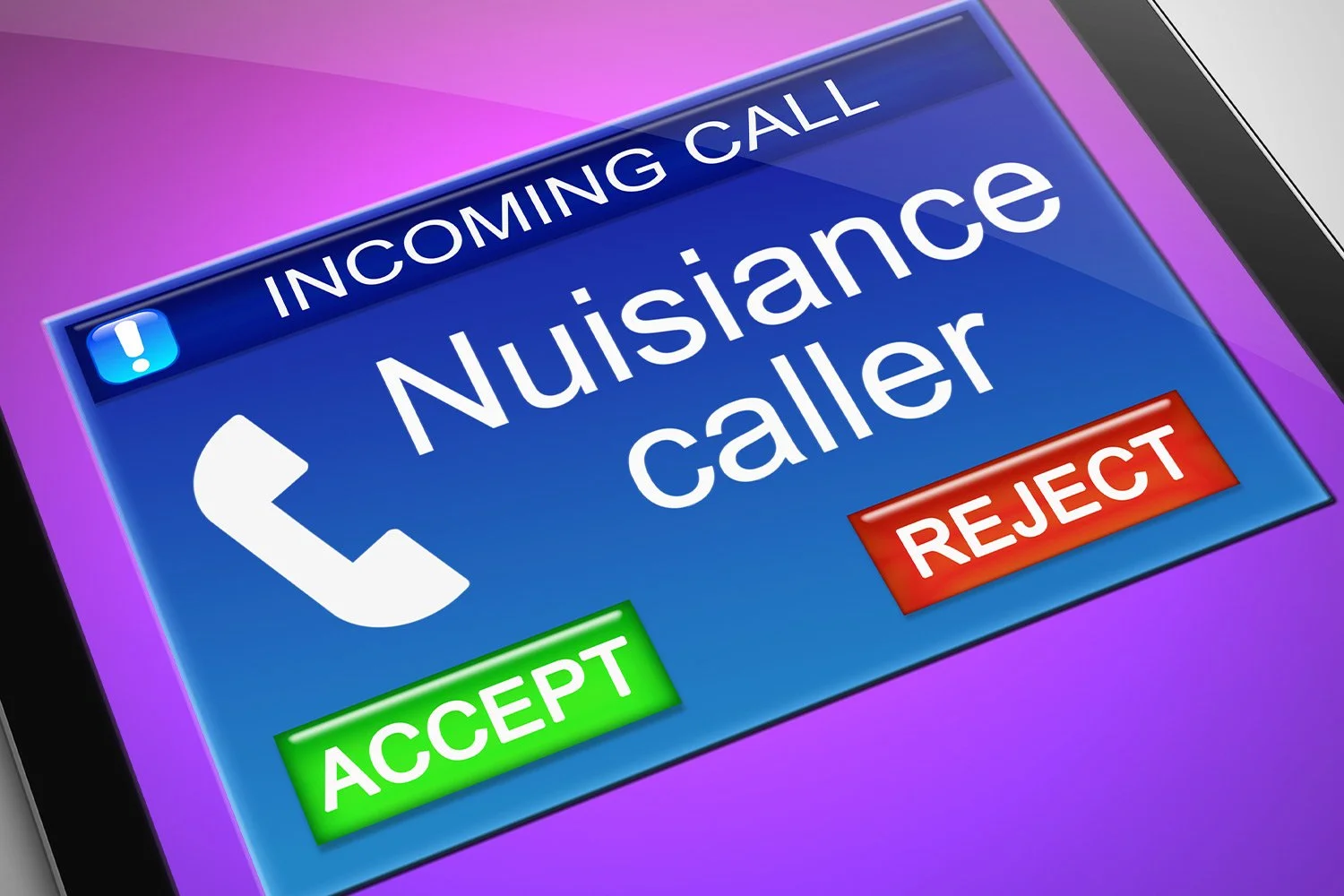Americans lost nearly $30 billion in total to phone scams in 2021, which is the highest number lost in years. A lot of this is due to scammers utilizing the COVID-19 pandemic to their advantage, offering fraudulent financial relief during a time when many individuals needed it most.
Don’t become a part of this statistic. Phone scammers can be tricky. But there are ways that you can identify scammers on the other end of unknown numbers.
Here are telltale signs, as well as what you should do if you’re confronted with one.
Common Phone Scams
One of the best ways to identify a phone scam is by becoming well-versed in the different types of scams that fraudulent individuals tend to deploy.
Impersonation Scams
Many spam calls will act as though they are members of a government institution or major corporation in order to make it appear as though they have credibility. Often, they’ll pretend to be from the IRS, a credit card company, or major tech companies such as Microsoft.
Typically, these types of scams will ask you to provide personal information, like your social security number, in order to verify your identity. For tech-related ones, scammers may try to get you to go to a website and install malware that gives them access to your private data.
Believe it or not, some scammers will try to impersonate family members as well. These are typically targeted at elderly individuals, impersonating their grandchildren.
For example, a scammer might pretend to be someone’s relative who was recently put under arrest, saying that bail must be posted immediately and asking for a wire transfer. These calls can also pretend to be the police and say that you are under threat of arrest.
Of course, no one is actually in jail, and it’s just a scheme to try to gain access to a large sum of money.
Debt Reduction, Cash Prizes, or Other Services
If something sounds too good to be true, it probably is. Often, phone scammers will call you and offer services like debt reduction, prizes from foreign lotteries, gift cards, a vacation, or other cash amounts for seemingly no reason as long as you just provide them with bank account numbers, credit card numbers, pin numbers, or upfront fee payments.
Lottery scams and other false calls from contests and sweepstakes are common identity theft practices.
Charity Scams
Charitable organizations can make telemarketing calls to gather donations, but scammers can use your generosity to their advantage.
It’s common for them to pretend to be a worker at a charity and seek donations, even though the intent is only to pocket the money themselves.
Robocalls
More often than not, if you receive a call from an automated message that’s been pre-recorded, it’s probably a type of spam call known as a robocall.
These are a type of blast call that is sent out to millions of phone numbers at one time. In most cases, these come with the intent of selling you some sort of product or service.
Password Requests
Another common scam occurs when individuals claim to be workers at a company like Google or Facebook, and they request your login information. This can also be a type of tech support scam. These sorts of companies would never call you out of the blue and ask for verification of a passcode, so you’d know these are fraudulent right away.
Spotting the Scams
Additionally, there are common phone scams among phone scammers that alert you that the call is illegitimate.
A telltale sign is that scam callers will often pressure you to make quick decisions. They are not likely to let you think through their pitch, and they may even use threats against you. No credible agency would ever do this. There is rarely a real circumstance so time-sensitive that you’re forced to decide right away.
Additionally, scam callers will often be reluctant to answer any questions about their alleged business. If you’re unsure of the validity of a call, you can always ask for more specific information.
Typically, scam callers won’t give you clear input, or they may request information from you before they open up. A credible agency would be happy to prove their identity and answer any questions you have about privacy.
Finally, it's likely a scam if the caller requests personal information, like your social security number or bank information. Government agencies or healthcare providers will not call you and ask for this information unless you’ve had previous correspondence with them in some kind of capacity.
Note that while caller ID can give you valuable information about the origins of a call, it cannot always be trusted. Call spoofing allows scammers to alter their outgoing phone number, so you don’t know who it is until you answer.
What To Do When You Get a Scam Call
Scam calls can be dangerous for your privacy, but there are some tools you can use to stop them in their tracks.
For one, hang up the phone immediately once you suspect that a call is a scam. This just prevents you from accidentally giving out any information.
Also, talking or engaging with the call proves to robocallers that your phone number is attached to a real person, so they may continue to contact you.
After you receive a scam phone call, you then report it to the Federal Trade Commission. This alerts the FTC to look into the source of the call and try to use their legal powers to eliminate phone calls from that specific source.
You can also report internet and other fraud-related activities on their site outside of just phone calls.
To prevent the caller from giving you a callback, you can block them on your phone directly:
On iPhone: Go to the Phone app and click “recents.” Then, click the blue information button next to the number you want to block. Finally, tap “Block this Caller.”
On Android: Go to the Phone app and tap “recents.” Long press on the number you wish to block, then hit “Block.”
You can also protect your privacy by making sure that scammers never get access to your personal phone number. Burner gives you a second burner number that acts as a buffer between you and unsolicited calls.
When an outsider gives you a ring, they’ll only see your burner number rather than your personal number, so you can stay anonymous.
On top of that, people won’t be able to see your personal number if you make an outgoing call to them. They’ll just see the burner number, which you’re able to swap out for a new one whenever you want.
In Conclusion
Scam phone calls are on the rise due to the COVID-19 pandemic, and they aren’t showing signs of slowing down. You can protect yourself by recognizing common phone scams such as impersonation, debt collection, illegal robocalls, and password request scams.
Additionally, common features of a phishing scam include aspects like time sensitivity, reluctance to answer questions, and requests for highly personal information. These are all features that a phone call from a credible agency would not include.
You can protect yourself from scams by hanging up the phone, reporting fraud to the FTC, adding yourself to the National Do Not Call Registry, blocking the caller directly on your device, and using an application to protect your personal phone number from incoming or outgoing calls.
Try Burner for free for seven days.
Sources:
Americans lost $29.8 billion to phone scams over the past year | CNBC












